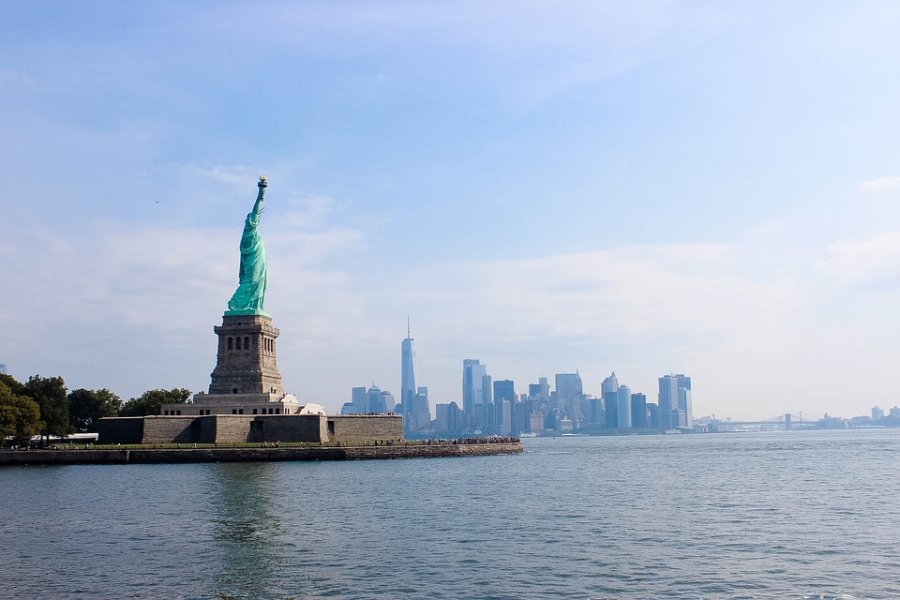Ever since Superstorm Sandy rocked the northeast in 2012, New Yorkers have tensed with bated breath at every tropical depression formed in the Atlantic. Meanwhile, summer heat is becoming so severe that the director of the NYC mayor’s office of recovery and resiliency Jainey Bavishi called it the new “silent killer” at MIT Technology Review’s EmTech conference last week.
Ms. Bavishi’s comments were part of a larger announcement, that the city has allocated $20 billion bolster its defenses against the onslaught of extreme weather. Among the improvement projects is a community lookout program for neighbors or designated caregivers check on vulnerable community members and look for signs of illness like heatstroke.
More traditional disaster preparedness plans include raising the ground level of coastal parks and buildings, implementing seawalls, or in some cases doing both. At least one park on the Lower East Side will be raised about eight feet, with the new seawall bordering the waterfront. The idea, says Bavishi, is to keep shoreline communities “livable” by hiding the wall and hopefully also improving public spaces.
Already underway is a project to paint New York City’s roofs white, which reduces electricity usage by up to 30% in the hotter months. According to Bavishi, the city has painted over 10 million square feet of roofing so far, with priority being the most at-risk communities. This is vital, as the mayor’s office expects “the number of days above 90 degrees to triple by the 2050s,” she said.
Additionally, the city plans to plant more trees and increase other reflective surfaces to keep the indoor and street-level temperatures at a safe and comfortable level. Still, it may not be enough: Director Bavishi says she would like to see more revolutionary measures, like sensor systems and environmental monitoring technology, as well as developing more resilient building materials rather than just reinforcing the existing infrastructure.
That could look like using more circular design in architecture, which helps buildings in the Bahamas withstand high winds; using insulated concrete blocks instead of steel; and instituting stricter building codes like those used in Miami where hurricanes are a fact of life.
With around 520 miles of coastline, this will be a tremendous undertaking to say the least, probably made more difficult by the fact that climate change is already well underway – a fact made all the more poignant in light of the United Nations Climate Action summit taking place in Manhattan over the weekend.

